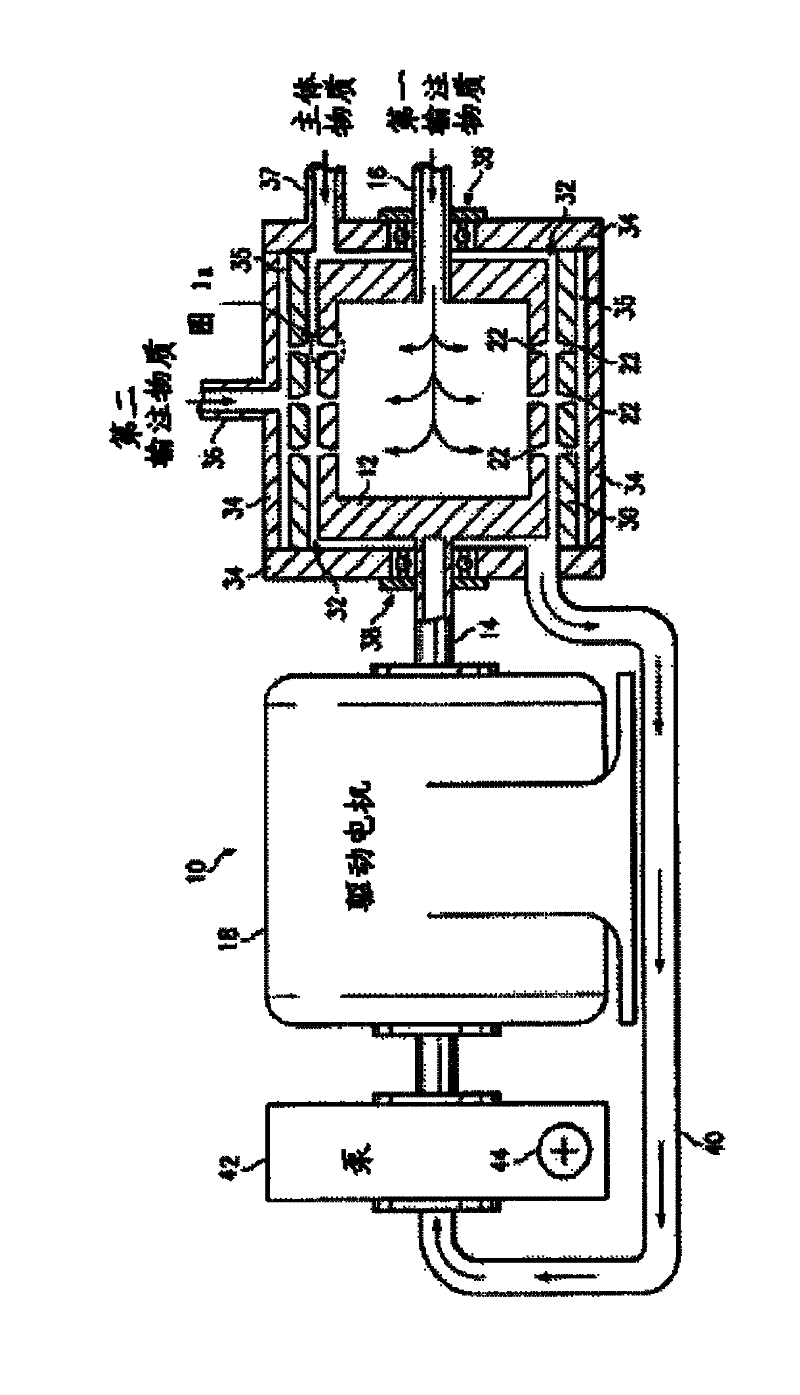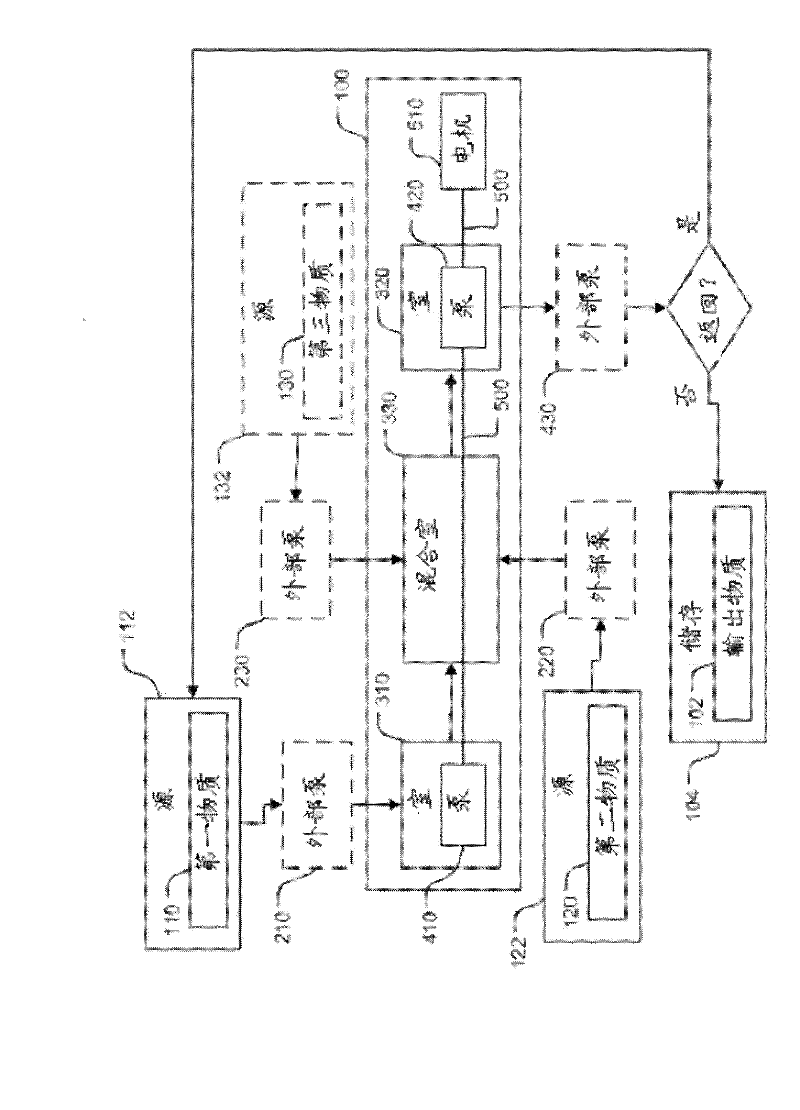Compositions and methods for treating insulin resistance and diabetes mellitus
A technology for insulin resistance and diabetes, used in drug combinations, anti-inflammatory agents, metabolic diseases, etc., to solve problems such as retention and weight gain
- Summary
- Abstract
- Description
- Claims
- Application Information
AI Technical Summary
Problems solved by technology
Method used
Image
Examples
Embodiment approach
[0343] refer to Figure 12 , depicts a mixing device 5000. Mixing device 5000 is an alternative embodiment of mixing device 100 . The same reference numerals are used herein to identify components of the mixing device 5000 that correspond substantially similarly to components of the mixing device 100 . Only components of the mixing device 5000 that are different from those of the mixing device 100 will be described.
[0344] The mixing device 5000 includes a housing 5500 for accommodating a rotor 600 and a stator 5700 . The stator 5700 may be non-rotatably connected to the housing 5500 by its first end 5712 and its second end 5714 . A chamber 5800 is defined between housing 5500 and a portion 5820 of stator 5700 flanked by first end 5712 and second end 5714 . Housing 5500 includes an input port 5830 that provides access to chamber 5800 . The input port 5830 may be oriented substantially perpendicular to the rotational axis "α". However, this is not required.
[0345] Th...
Embodiment 1
[0508] Dissolved Oxygen Stability
[0509] Such as Figure 30 As shown in , the dissolved oxygen levels are shown in each capped 500ml thin-walled plastic bottle and 1000ml glass bottle stored at 65 degrees Fahrenheit.
[0510] It can be seen that when the plastic bottle was opened about 65 days after bottling, the dissolved oxygen level in the water was about 27.5 ppm. When the second bottle was opened about 95 days after bottling, the dissolved oxygen level was about 25 ppm. Likewise, for the glass bottles, the dissolved oxygen level was about 40 ppm at day 65 and about 41 ppm at day 95. Thus, the graph shows that when using the described system and method to diffuse oxygen into the fluid, the dissolved oxygen levels in both plastic and glass bottles remain relatively high at 65 degrees Fahrenheit.
Embodiment 2
[0512] Decayed Oxygen Content in Balanced Salt Solution
[0513] Figure 33 Shown is the dissolved oxygen retention for 500 ml of balanced salt solution initially having a dissolved oxygen level of 5 ppm. After enriching the solution with the diffuser of the present invention, the dissolved oxygen level was about 41 ppm at standard temperature and pressure. Keep the solution in an amber glass bottle. After 1 hour, the dissolved oxygen level was 40 ppm; after 2 hours it was 36 ppm; after 3 hours it was 34 ppm; after about 4.5 hours it was just over 30 ppm. The final measurement was made just before 6 hours, at which time the dissolved oxygen level was about 28 ppm.
PUM
| Property | Measurement | Unit |
|---|---|---|
| The average diameter | aaaaa | aaaaa |
| The average diameter | aaaaa | aaaaa |
Abstract
Description
Claims
Application Information
 Login to View More
Login to View More - R&D
- Intellectual Property
- Life Sciences
- Materials
- Tech Scout
- Unparalleled Data Quality
- Higher Quality Content
- 60% Fewer Hallucinations
Browse by: Latest US Patents, China's latest patents, Technical Efficacy Thesaurus, Application Domain, Technology Topic, Popular Technical Reports.
© 2025 PatSnap. All rights reserved.Legal|Privacy policy|Modern Slavery Act Transparency Statement|Sitemap|About US| Contact US: help@patsnap.com



